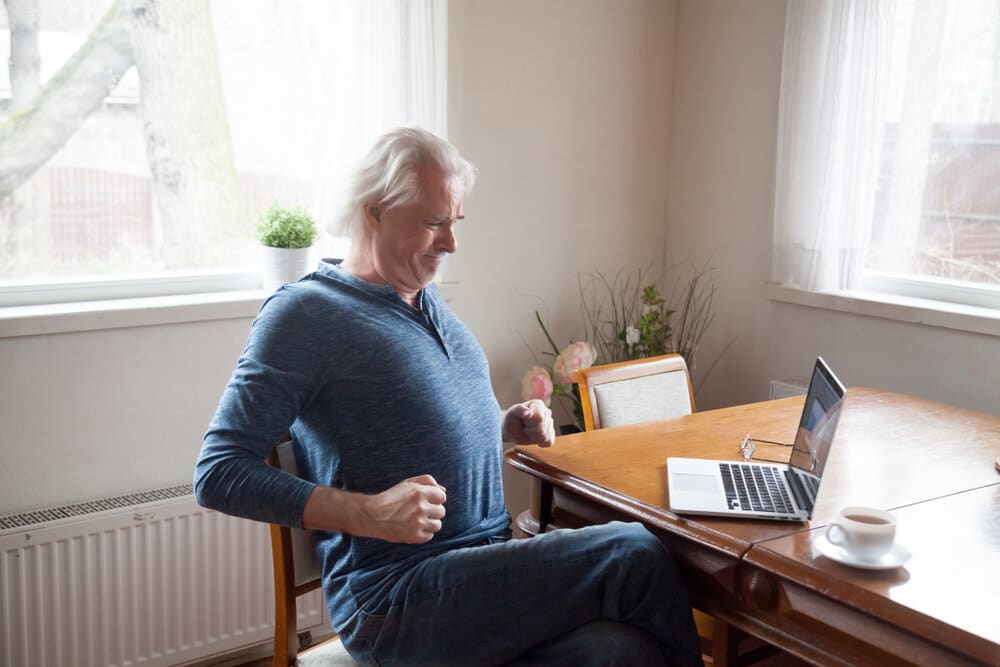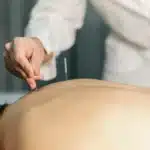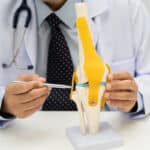
When the bony openings for the spinal nerves or the spinal cord become small, spinal stenosis occurs. This narrowing can compress your spinal cord and/or spinal nerves and can develop along your spine at different points. Spinal stenosis is a disease in people over 60 years of age that is more likely to occur and appears to worsen as the years add up. When the signs are prominent, you cannot do anything but visit a spine specialist.
Neurogenic Claudication without Claudication
You can experience neurogenic claudication in your legs when the nerves in your lower back get compressed. The features of neurogenic claudication are typical:
Constant pain in the legs and/or numbness when standing
-
Increased pain and/or numbness in your legs as you walk variable distances and/or bend the backward spine
-
Difficulty conducting upright workouts or procedures
-
Improving or addressing discomfort and/or numbness with rest
-
When you bend your spine forward, neurogenic claudication pain is usually relieved (such as leaning on a shopping cart, sitting or squatting, and leaning forward.
This pain would definitely need to be distinguished from vascular claudication by your doctor and can resemble neurogenic claudication.
The Sciatica
Lumbar radiculopathy or sciatica can result from compression of the nerve roots in your lower back (depending on the nerve roots affected). Sciatica is perceived as nerve pain and weakness usually felt in one leg at a time.
Pain in your lower back, buttock, thigh, calf, knee, and/or foot will occur depending on the nerve root(s) affected. In the areas affected by pain, tingling, pins-and-needles a sensation, weakness, and numbness can also occur.

Foot Drop
In the lower spine, compression of the L4 and L5 nerve roots can cause motor weakness in your foot, resulting in a drop in the foot. Usually, this disorder creates a sense of fatigue when trying to raise the foot and/or toes upwards. As a consequence, when attempting to walk, the person can involuntarily drag their foot or tend to trip.
Radiating Arm Pain
Cervical spinal stenosis in the neck, shoulder, and/or arms may produce mild to moderate burning or shock-like pain. In both hands, odd sensations can be felt, such as tingling, crawling, and/or numbness. It can feel weak in your arms and hands.
Failure of Motor Skills
Spinal stenosis in the spine of the cervix can make it difficult to perform activities that require the hand’s fine motor skills, such as buttoning a shirt. There could be trouble with writing in the advanced stages, ultimately finding it difficult to hold a pen.
Red-flag symptoms and signs of spinal stenosis
Serious spinal stenosis, such as bowel and bladder incontinence, numbness in the thighs and genital area, and harsh weakness in both legs, can rarely cause red-flag symptoms.
Therapy options for spinal stenosis
To determine the underlying cause of spinal stenosis, an accurate diagnosis by a medical professional is important. Your doctor may prescribe nonsurgical treatments, such as physical therapy, pain-relieving medications, and/or operation modification, depending on the cause and severity. Minimally invasive treatments, such as epidural injections of steroids, can often be recommended. If there are serious symptoms or neurological deficits, surgery is rarely advocated as a first-line treatment.
See us at Oklahoma Spine & Pain Management for spine specialists in OKC.
**Disclaimer: This content should not be considered medical advice and does not imply a doctor-patient relationship.






